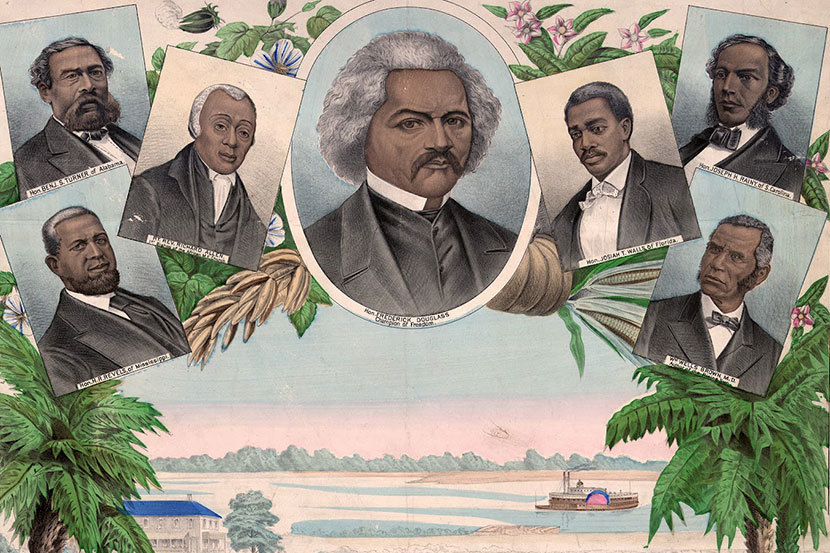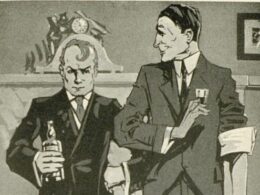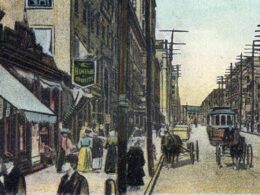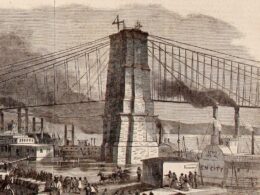Frederick Douglass (1818–1895)
From Reconstruction: Voices from America’s First Great Struggle for Racial Equality

“Like James Baldwin’s writings, the writings of Frederick Douglass have already far outlasted the political and historical moment in which, and for which, they were summoned into combat,” says historian Henry Louis Gates, Jr., the producer of Frederick Douglass: In Five Speeches, a documentary that debuted on HBO this week.
The most photographed American of the nineteenth century, he was also one the nation’s most famous—and sought after—speakers. “Over six feet tall, with a powerful baritone voice, Douglass made an indelible impression as a lecturer,” writes historian Eric Foner. “Like any accomplished orator, Douglass was also a performer. He would point out that according to Southern law he was a ‘thing,’ not a man, and then, drawing himself up to his full height, proclaim: ‘Behold the thing.’”
In addition to delivering hundreds of speeches, Douglass served as editor of and contributor to three newspapers: The North Star (1847–1851) and Frederick Douglass’ Paper (1851–1860), both published from Rochester, NY, and New National Era (1870–1874), the Reconstruction-era paper coedited with his sons in Washington, DC. In early June 1872, Douglass’s Rochester home was destroyed in a fire, in which all the archival copies of his publications were lost. As a result, there is no complete collection of Douglass’s newspapers, which survive in a random assortment scattered among various archives and personal collections.
As Douglass’s celebrity increased, many of the nation’s major magazines were happy to publish anything he sent their way, and he often used the forum to reach a wider audience. Immediately after the war, when Congress had the opportunity to undo everything the unpopular President Andrew Johnson had done, he took to the pages of such magazines as The Atlantic Monthly to urge upon white readers the importance of extending the vote, civil rights, and protection to African Americans, including those who had just been freed. For our Story of the Week selection, we present one such essay, titled simply “Reconstruction,” which summarized the events of the previous year and offered a way forward.
Read the essay via the link below, along with an introduction explaining (among other things) Andrew Johnson’s very bad year:



